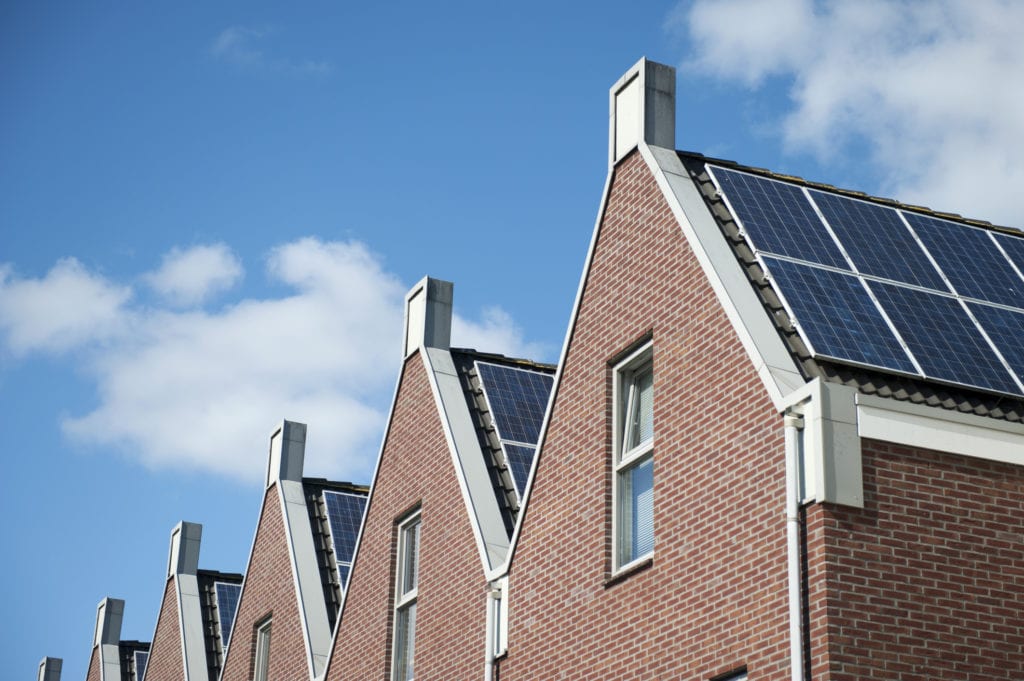
Harnessing renewable energy to power your home comes with a variety of practical perks. Not only does it help reduce your family's environmental footprint, but it can also significantly cut down on your regular energy expenses. With new policies coming into play, it’s quite probable that in the next few years, homeowners will enjoy more incentives like rebates and tax reductions. Let’s explore the different ways you can incorporate renewable energy into your living space.
What Exactly is Renewable Energy?
Energy derived from perpetual and natural resources like the sun and wind is referred to as 'renewable'. Unlike coal or oil, which come from finite supplies, the sun isn’t going anywhere anytime soon. Another major distinction is that renewable energy is clean, emitting no harmful pollutants during its conversion process, unlike fossil fuels. To really grasp how to integrate renewable energy into your home, it’s essential to understand the various types available and how they function.
Solar Power
Solar panels capture sunlight to energize your home. These panels are typically mounted on your roof or in areas exposed to consistent sunlight. Photons, tiny particles of light from the sun, hit the panels, which are treated with an anti-reflective coating to prevent them from bouncing off. These photons convert into electrons, flowing through wires into your electrical system, just like energy supplied by traditional UK providers. Keep in mind that solar panels remain effective even on cloudy days since there are still enough photons reaching the panels to keep the system operational. Any surplus electricity generated can be stored in batteries or sold back to the national grid, cutting costs. Solar power has swiftly become the most popular renewable energy choice among homeowners. It's relatively easy to install, boosts your home’s value, and is becoming increasingly budget-friendly for most UK property owners.
Heating with the Sun
In addition to generating electricity, solar energy can also warm your home. By using similar panel systems, these setups direct electrons into a water tank to heat it. This hot water can then be used for showers, baths, and even for heating your radiators.Â
Wind Power
While we’re familiar with large-scale wind farms across the UK, did you know you can install a personal wind turbine at home? Wind power operates by wind turning the blades of a windmill, spinning a turbine to produce electricity, potentially lowering your electricity bills. However, they aren't as common as other renewable energy sources due to high installation costs and the necessity for windy locations.Â
Air Source Heat Pumps
The warmth from the air can be transformed into energy to heat your home. An air source heat pump uses a fan-like mechanism to draw in hot air, functioning similarly to a refrigerator but in reverse. After heating, the system compresses the air to further increase the temperature, storing it for later use in your plumbing system. Since much of the heat originates from the air itself and only a portion from electricity, this method is far more environmentally friendly than burning oil to heat water.Â
Biomass
Biomass isn't a machine or tech but rather a type of fuel made from organic materials like wood chips or paper instead of coal or oil. These materials contain significantly less carbon, minimizing the carbon footprint when burned. Originally, coal and oil were favored over wood due to efficiency concerns, but modern advancements allow for comparable efficiency when burning wood and similar non-fossil substances. A classic example of biomass usage is burning firewood in a fireplace for home heating. Additionally, biomass can power electricity generators for other applications, and there are units available that burn wood or paper far more efficiently than a typical fireplace.Â
Hydroelectric Power
Water moving downward over a meter can generate enough force to operate machinery. For centuries, this principle has powered waterwheels in mills and can also drive hydroelectric dams where falling water spins a turbine to create electricity. The main requirement is having water fall more than a meter, so if you live near a river, you might consider setting up a small hydroelectric system based on the same principles. The water doesn’t necessarily need to be on your property; check with your local authorities, and you might find permission to install a system on nearby land.Â
Renewable Suppliers
Several energy suppliers are beginning to source some or all of their electricity from renewable sources like wind, biomass, and solar. Some companies even offset the environmental impact of their gas usage, making 'clean' gas an option.Â
Â
Renewable Energy at Home
When considering how to adopt renewable energy at home, it’s valuable to be aware of all available alternatives. While options like hydroelectricity and wind turbines might not suit every property, advancements in solar power make it a feasible and cost-effective choice for many homeowners. This form of renewable energy is quickly surpassing older, polluting energy sources like coal and oil, offering savings on energy bills along with environmental protection for future generations. The sooner you transition toward integrating renewable energy at home, the faster you'll reap the rewards.Â
Discover how solar energy could benefit your home by speaking to our team today.
Sifting Machine,Vibrating Sifter Machine,Sieve Machine,Sieving Machine,Vibrating sieve,, Sifter, Sifter machinery
Jiangyin Loongyi Machinery Co.,ltd , https://www.loongyi-asia.com